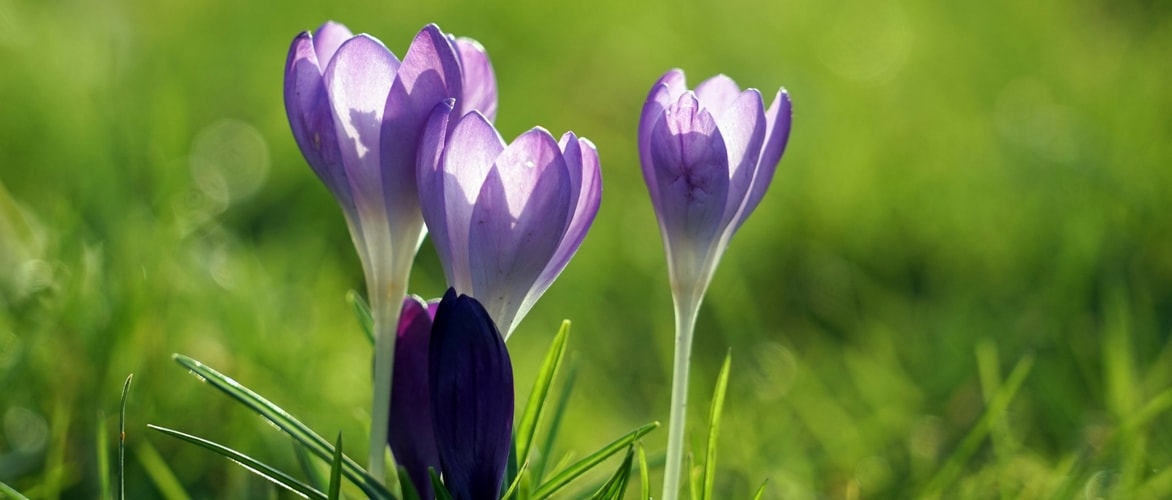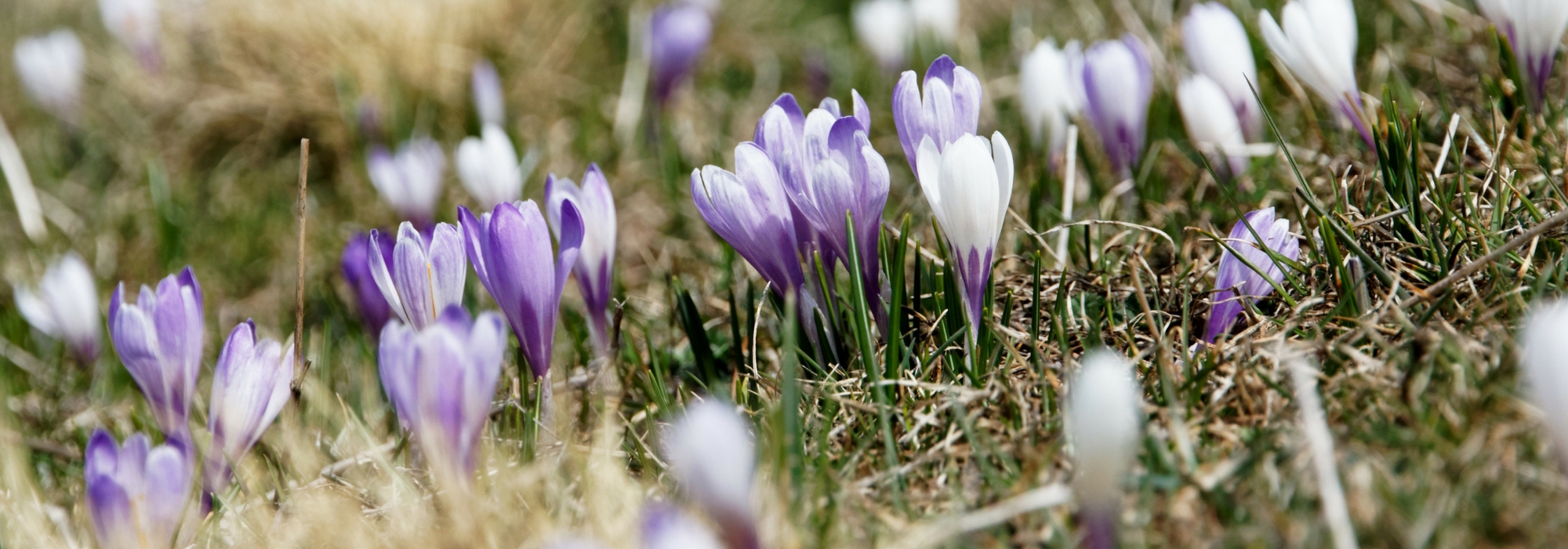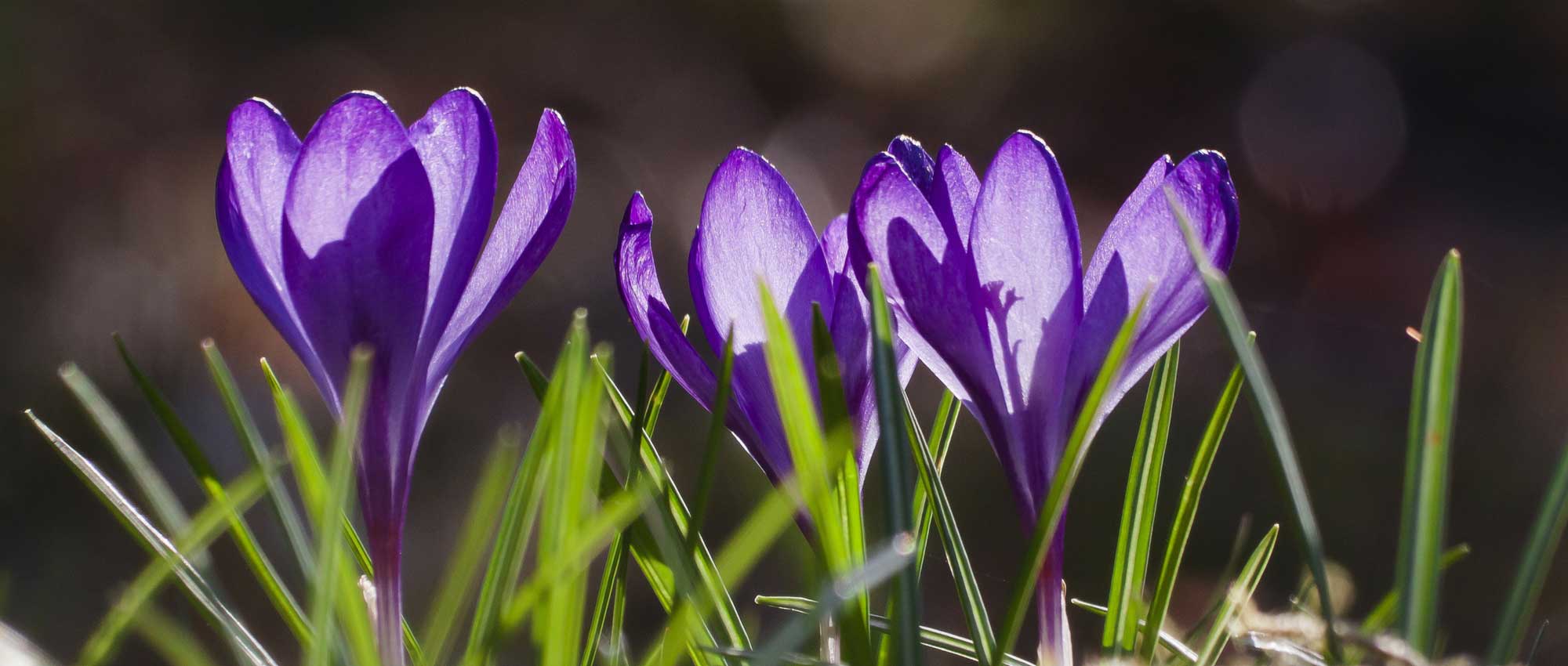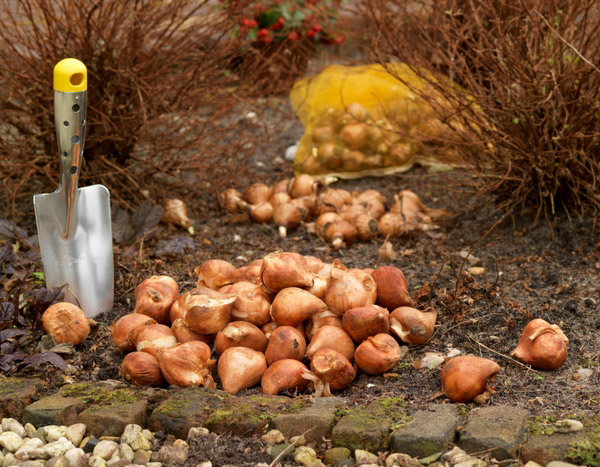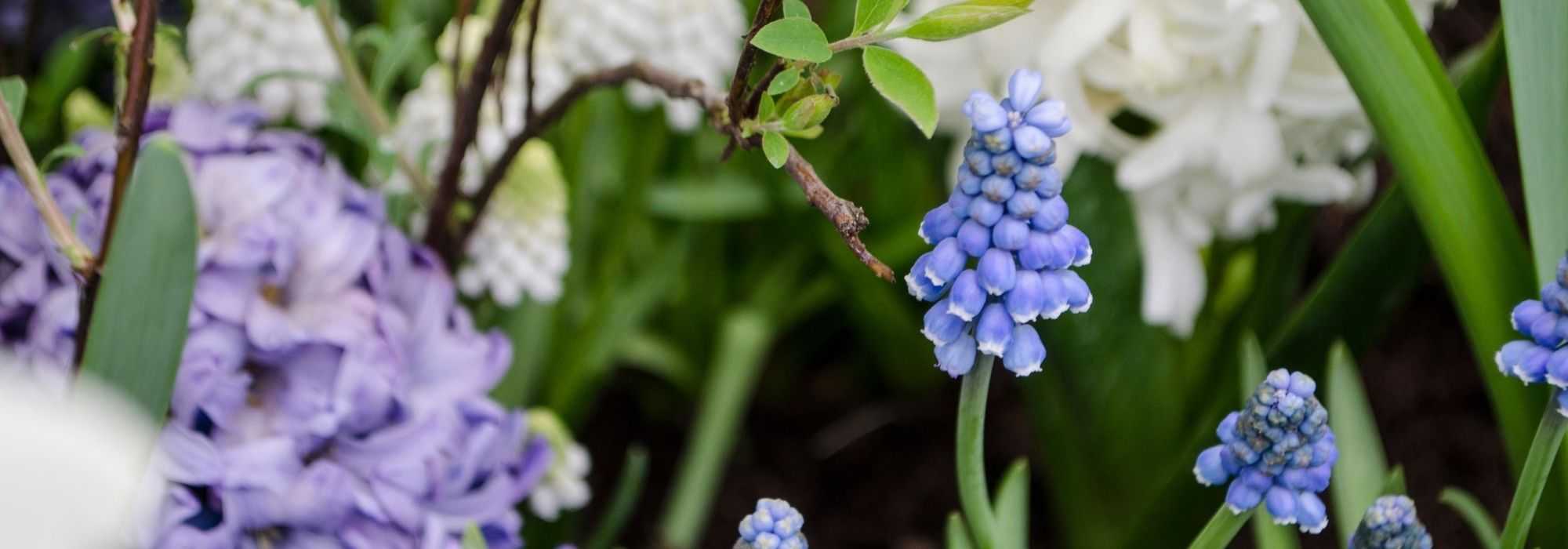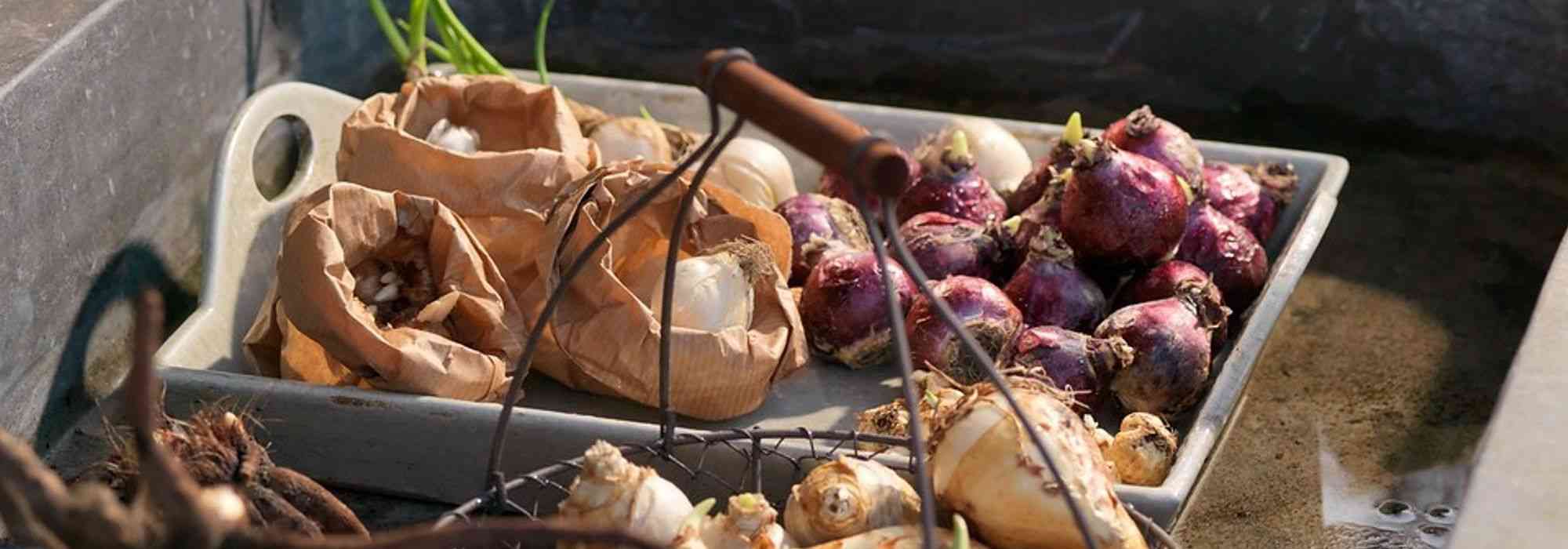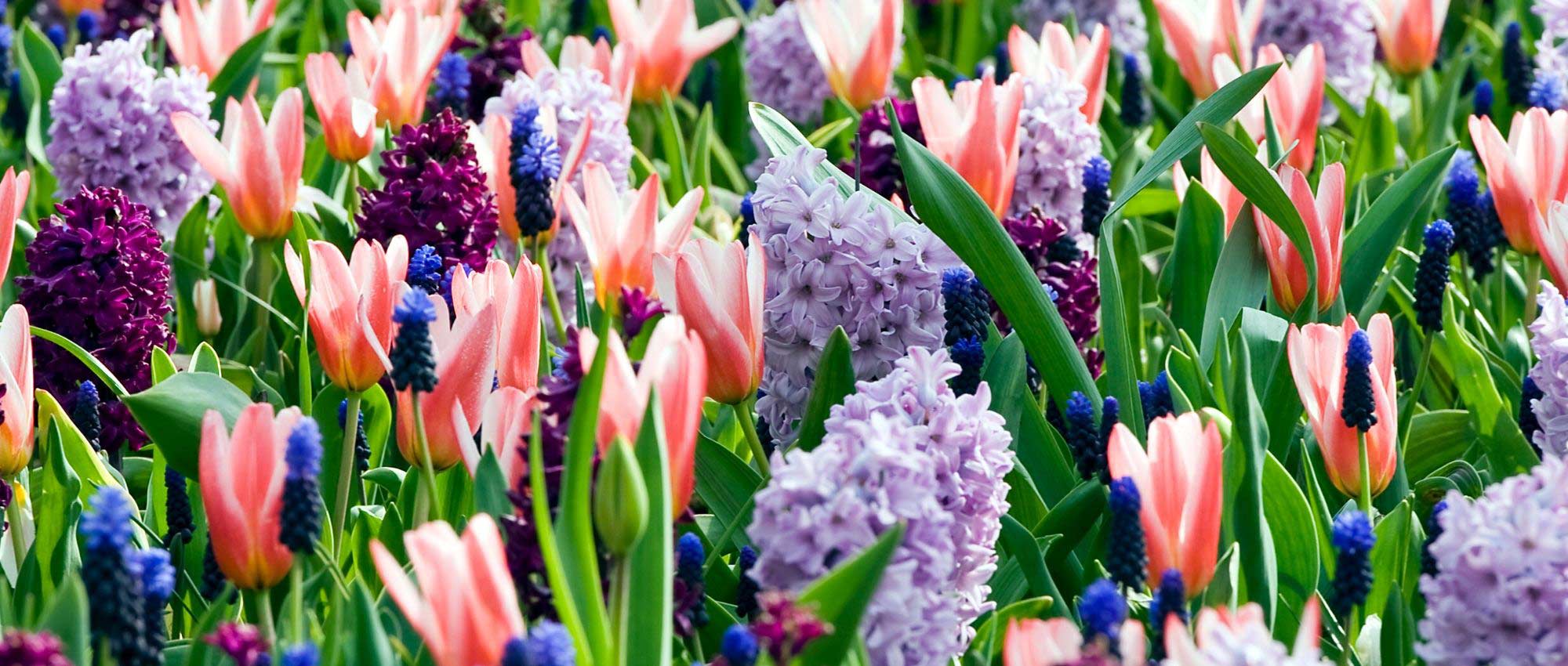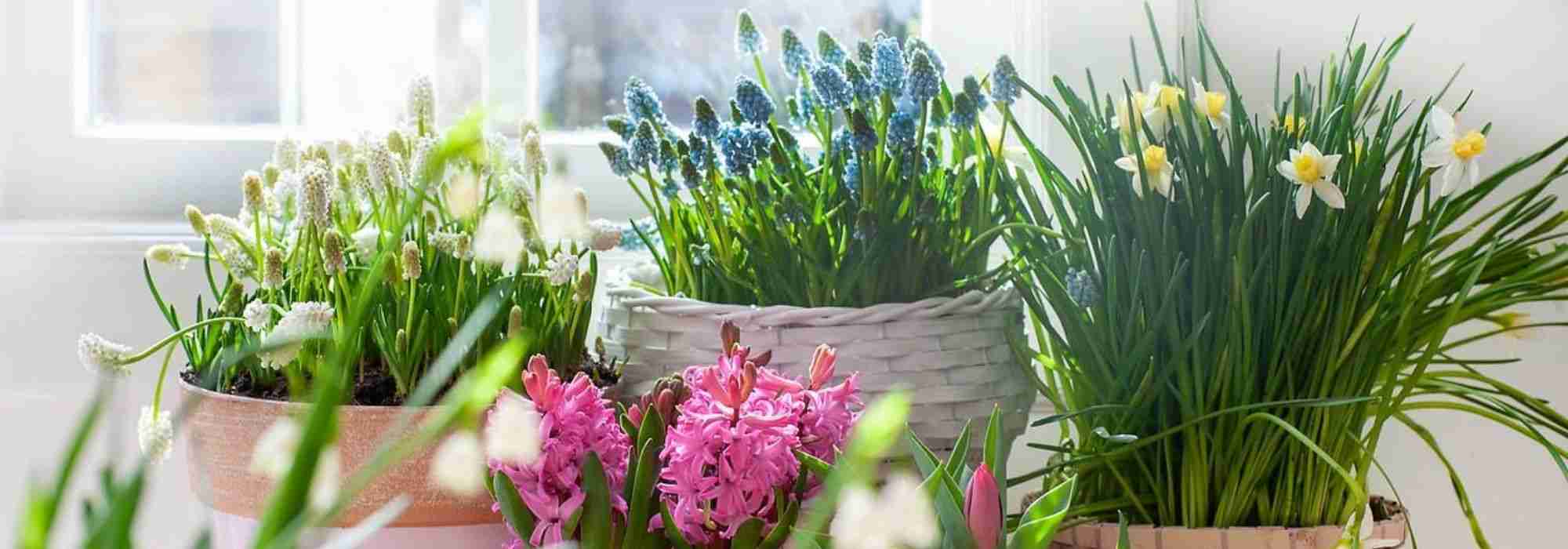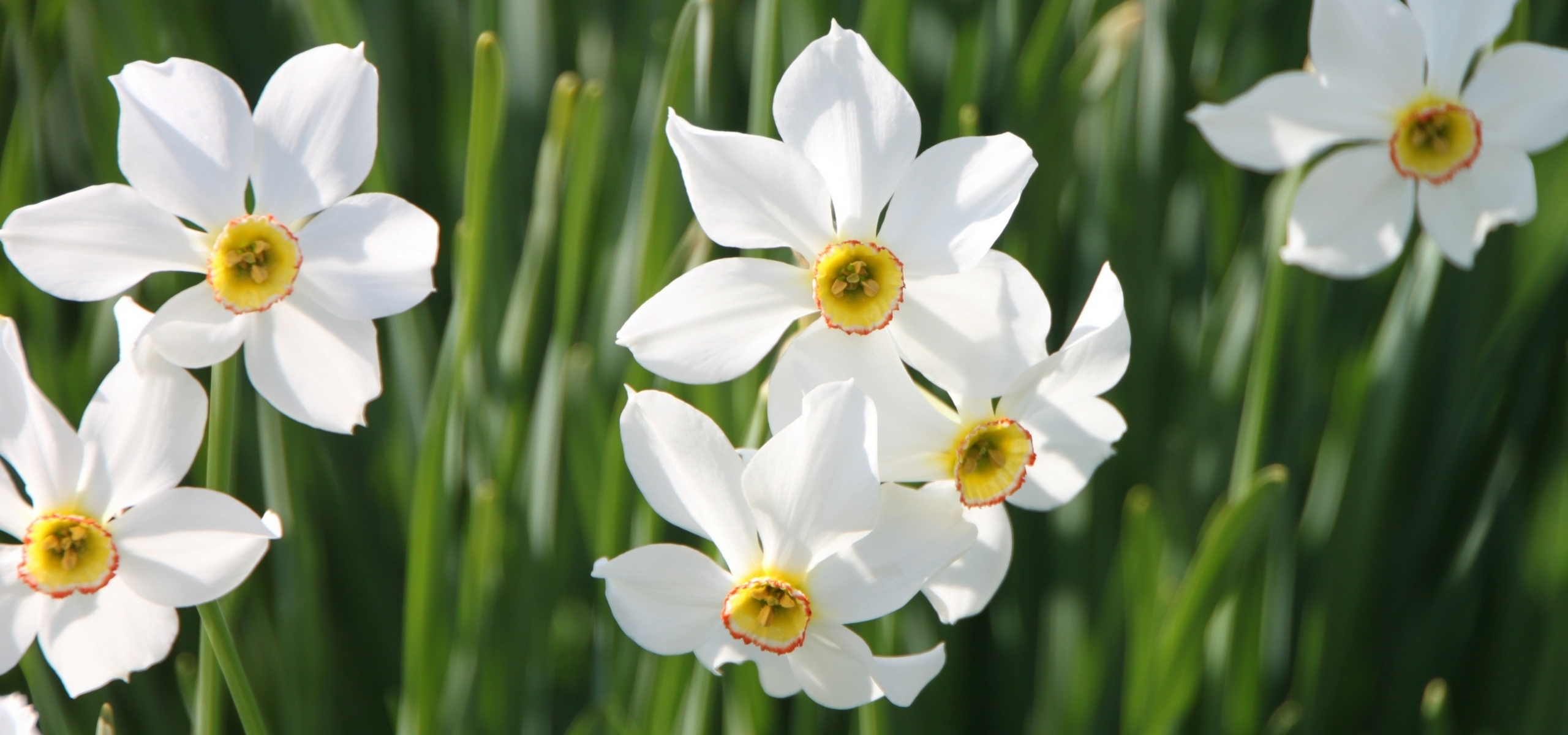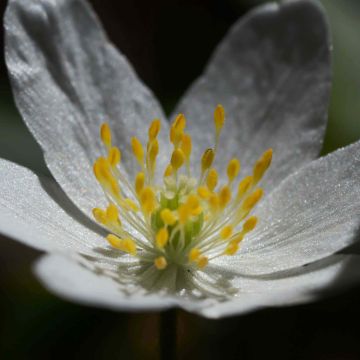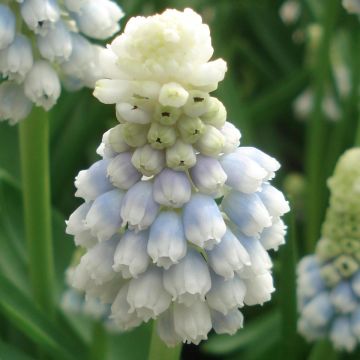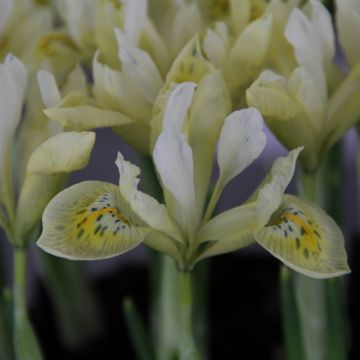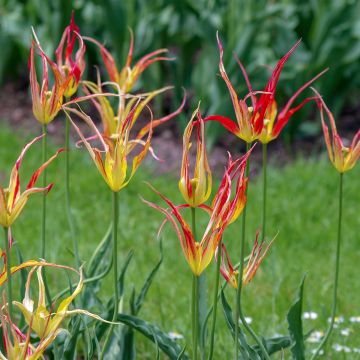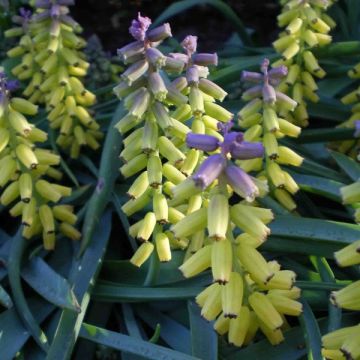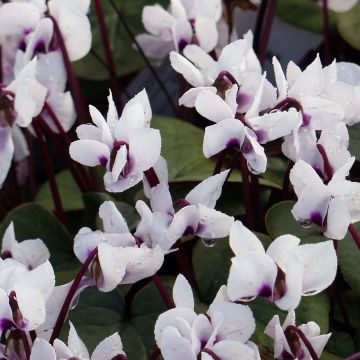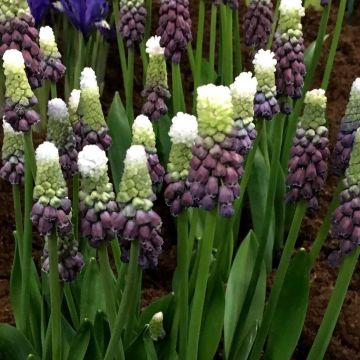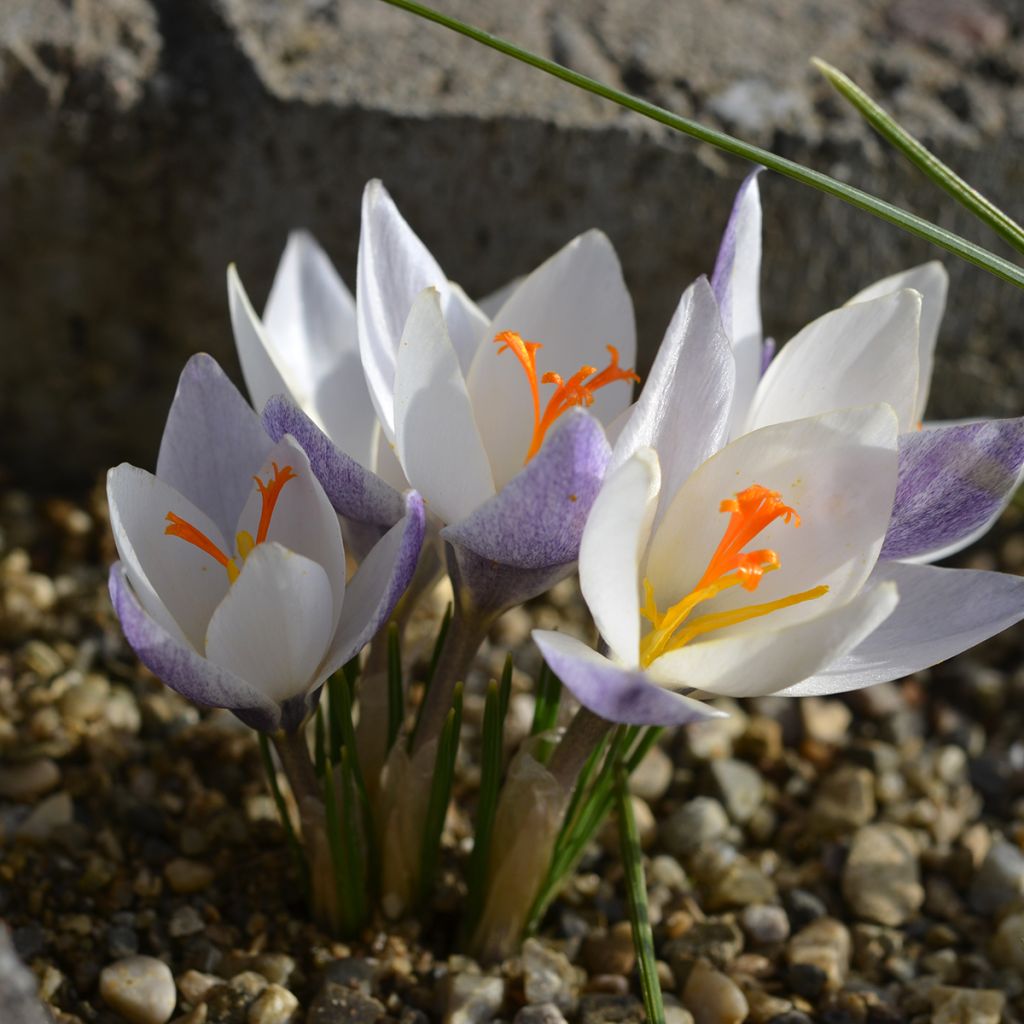

Crocus biflorus subsp. weldenii Fairy - Botanic Crocus
Crocus biflorus subsp. weldenii Fairy - Botanic Crocus
Crocus biflorus subsp. weldenii Fairy
Botanic Crocus
Special offer!
Receive a €20 voucher for any order over €90 (excluding delivery costs, credit notes, and plastic-free options)!
1- Add your favorite plants to your cart.
2- Once you have reached €90, confirm your order (you can even choose the delivery date!).
3- As soon as your order is shipped, you will receive an email containing your voucher code, valid for 3 months (90 days).
Your voucher is unique and can only be used once, for any order with a minimum value of €20, excluding delivery costs.
Can be combined with other current offers, non-divisible and non-refundable.
Why not try an alternative variety in stock?
View all →This plant carries a 6 months recovery warranty
More information
We guarantee the quality of our plants for a full growing cycle, and will replace at our expense any plant that fails to recover under normal climatic and planting conditions.
Would this plant suit my garden?
Set up your Plantfit profile →
Description
The Crocus biflorus subsp. weldenii ‘Fairy’ is a small botanical jewel for the late winter garden, offering exceptionally delicate flowering as early as February. This dwarf cultivar with a low-growing habit is distinguished by its white, chalice-shaped flowers marked with fine lilac stripes on the outside and its linear, dark green foliage finely veined with white. Ideal for rockeries, borders, lawns, or containers, it brings a touch of light to still-dormant landscapes. Hardy, it adapts well to harsh winters provided that it is planted in light, well-drained soil in full sun or partial shade.
The Crocus biflorus subsp. weldenii ‘Fairy’ belongs to the Iridaceae family. It is synonymous with Crocus weldenii and is also called Two-flowered Crocus 'Fairy'. This subspecies is native to the rocky mountain slopes of southeastern Europe (Italy, Balkans, western Caucasus). The ‘Fairy’ is probably a cultivar of Dutch origin dating from 1952, selected for its early and abundant flowering (up to 10 flowers per corm). It differs from the typical species by its ivory inner petals and grey-blue outer petals veined with purple with a yellow centre. It has a low, clump-forming habit, reaching 7 to 10 cm in height and 5–8 cm in spread when planted in the ground. Its growth is rapid once it emerges from the fround, reaching its mature size in 2 to 5 years. The plant can naturalise slowly via bulbs and bulblets. The flowers which are closed cup-shaped at dawn, measure about 5 cm in diameter and open from February to April. The deciduous, linear, 8 cm long, dark green foliage with a whitish central band disappears during the summer dormancy. The stems are thin but sturdy, borne by a globose bulb about 2 cm in diameter, sitting on a shallow root system at a depth of 6–15 cm. The bulbs ensure the storage of reserves and the perennial nature of the plant.
In the discreet awakening of a garden still numb from winter, the ‘Fairy’ crocus will weave small milky and lilac highlights among the warm stones of a rockery or at the foot of a pruned boxwood. It will slip gracefully into and naturalise in a lawn where the February light will reveal the pearly texture of its petals. In a pot, it will subtly combine with snowdrops, Iris reticulata ‘Katharine Hodgkin’ or Crocus ‘Cream Beauty’.
A crocus tip: the roots have the particular ability to contract like a spring, allowing the plant to settle at the ideal depth for its needs.
Plant habit
Flowering
Foliage
Botanical data
Crocus
biflorus subsp. weldenii
Fairy
Iridaceae
Botanic Crocus
Crocus biflorus weldenii Fairy
Cultivar or hybrid
Planting and care
Plant the bulbs of Crocus biflorus subsp. weldenii Fairy between September and December, in light soil, at a depth of 8 cm and spaced 5 cm apart, or in groups of three every 15 to 20 cm. It is best to leave them in place. They will form increasingly floriferous clumps. Also consider planting a few in pots for your patio. The Crocus grows in light, humus-bearing, well-drained, neutral to alkaline soil and prefers a sunny position that allows the corollas to open fully. It is also important to ensure it is sheltered from cold winds. The ideal medium should be sandy-gravelly with a pH between 7 and 10. It can tolerate temperatures down to -15°C and summer drought, which corresponds to its dormant period.
Its natural habitat is the edge of a bocage and open, stony areas. The plants produce the best effect when planted in groups of 5 to 10 specimens. Once acclimatised and established, they multiply rapidly. This crocus requires no particular maintenance. Take care not to cut back the foliage before it yellows. The bulbs are susceptible to excess moisture which can cause them to rot during their dormant period. Rodents are fond of these bulbs, and snails and slugs enjoy all the above-ground parts of the plant.
Planting period
Intended location
Care
Planting & care advice
This item has not been reviewed yet - be the first to leave a review about it.
Similar products
Haven't found what you were looking for?
Hardiness is the lowest winter temperature a plant can endure without suffering serious damage or even dying. However, hardiness is affected by location (a sheltered area, such as a patio), protection (winter cover) and soil type (hardiness is improved by well-drained soil).

Photo Sharing Terms & Conditions
In order to encourage gardeners to interact and share their experiences, Promesse de fleurs offers various media enabling content to be uploaded onto its Site - in particular via the ‘Photo sharing’ module.
The User agrees to refrain from:
- Posting any content that is illegal, prejudicial, insulting, racist, inciteful to hatred, revisionist, contrary to public decency, that infringes on privacy or on the privacy rights of third parties, in particular the publicity rights of persons and goods, intellectual property rights, or the right to privacy.
- Submitting content on behalf of a third party;
- Impersonate the identity of a third party and/or publish any personal information about a third party;
In general, the User undertakes to refrain from any unethical behaviour.
All Content (in particular text, comments, files, images, photos, videos, creative works, etc.), which may be subject to property or intellectual property rights, image or other private rights, shall remain the property of the User, subject to the limited rights granted by the terms of the licence granted by Promesse de fleurs as stated below. Users are at liberty to publish or not to publish such Content on the Site, notably via the ‘Photo Sharing’ facility, and accept that this Content shall be made public and freely accessible, notably on the Internet.
Users further acknowledge, undertake to have ,and guarantee that they hold all necessary rights and permissions to publish such material on the Site, in particular with regard to the legislation in force pertaining to any privacy, property, intellectual property, image, or contractual rights, or rights of any other nature. By publishing such Content on the Site, Users acknowledge accepting full liability as publishers of the Content within the meaning of the law, and grant Promesse de fleurs, free of charge, an inclusive, worldwide licence for the said Content for the entire duration of its publication, including all reproduction, representation, up/downloading, displaying, performing, transmission, and storage rights.
Users also grant permission for their name to be linked to the Content and accept that this link may not always be made available.
By engaging in posting material, Users consent to their Content becoming automatically accessible on the Internet, in particular on other sites and/or blogs and/or web pages of the Promesse de fleurs site, including in particular social pages and the Promesse de fleurs catalogue.
Users may secure the removal of entrusted content free of charge by issuing a simple request via our contact form.
The flowering period indicated on our website applies to countries and regions located in USDA zone 8 (France, the United Kingdom, Ireland, the Netherlands, etc.)
It will vary according to where you live:
- In zones 9 to 10 (Italy, Spain, Greece, etc.), flowering will occur about 2 to 4 weeks earlier.
- In zones 6 to 7 (Germany, Poland, Slovenia, and lower mountainous regions), flowering will be delayed by 2 to 3 weeks.
- In zone 5 (Central Europe, Scandinavia), blooming will be delayed by 3 to 5 weeks.
In temperate climates, pruning of spring-flowering shrubs (forsythia, spireas, etc.) should be done just after flowering.
Pruning of summer-flowering shrubs (Indian Lilac, Perovskia, etc.) can be done in winter or spring.
In cold regions as well as with frost-sensitive plants, avoid pruning too early when severe frosts may still occur.
The planting period indicated on our website applies to countries and regions located in USDA zone 8 (France, United Kingdom, Ireland, Netherlands).
It will vary according to where you live:
- In Mediterranean zones (Marseille, Madrid, Milan, etc.), autumn and winter are the best planting periods.
- In continental zones (Strasbourg, Munich, Vienna, etc.), delay planting by 2 to 3 weeks in spring and bring it forward by 2 to 4 weeks in autumn.
- In mountainous regions (the Alps, Pyrenees, Carpathians, etc.), it is best to plant in late spring (May-June) or late summer (August-September).
The harvesting period indicated on our website applies to countries and regions in USDA zone 8 (France, England, Ireland, the Netherlands).
In colder areas (Scandinavia, Poland, Austria...) fruit and vegetable harvests are likely to be delayed by 3-4 weeks.
In warmer areas (Italy, Spain, Greece, etc.), harvesting will probably take place earlier, depending on weather conditions.
The sowing periods indicated on our website apply to countries and regions within USDA Zone 8 (France, UK, Ireland, Netherlands).
In colder areas (Scandinavia, Poland, Austria...), delay any outdoor sowing by 3-4 weeks, or sow under glass.
In warmer climes (Italy, Spain, Greece, etc.), bring outdoor sowing forward by a few weeks.































